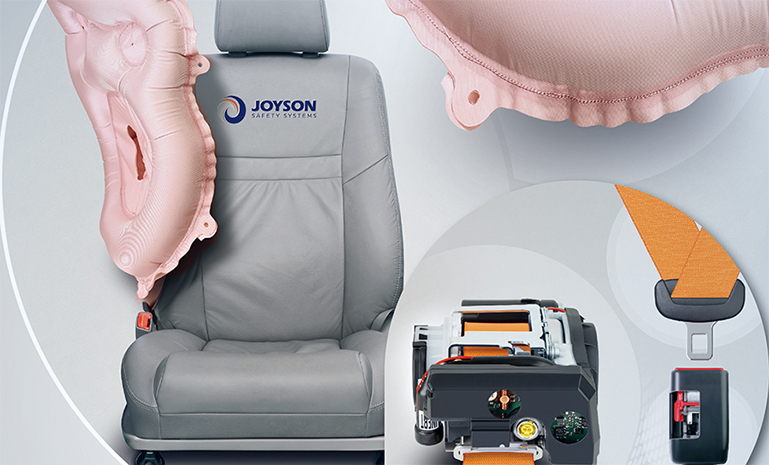Joyson Electronics turns loss into profit in Q2 2022
Beijing (ZXZC)- China’s leading automotive electronics supplier Joyson Electronics successfully turned its loss into a profit in the second quarter of 2022, according to the company’s financial statement released on August 23rd.

Photo credit: Joyson Electronics
In the first six months of the year, Joyson Electronics brought in 22.9 billion yuan ($3.34 billion) of revenue, resulting in a net profit attributable to shareholders of 82 million yuan ($12 million) after after deduction of non-recurring profit and loss.
According to Joyson Electronics, the company poured in 1.483 billion yuan ($216.2 million) in R&D in the first half of the year to maintain its competitiveness in automotive new energy technologies and intelligence development.
The company has received new contracts and orders worth roughly 65 billion yuan ($9.48 billion) this year so far. The respective order value of automotive electronic systems and automotive safety systems amounted to 25 billion yuan ($3.64 billion) and 40 billion yuan ($5.83 billion). Among all orders this year, orders that involve new energy vehicles accounted for nearly 60% of the total volume, summing up to over 37 billion yuan ($5.39 billion).
Joyson Electronics’ automotive safety business took various measures to mitigate and reduce external impacts. In an effort to grasp the rapid intelligent new energy vehicle development, the company has actively explored and promoted the market share of its clients, including NIO, XPeng, Li Auto, BYD, SAIC Motor, GAC Group, Changan Automobile, Great Wall Motor, Hongqi, Chery Holding, and Geely. In the meantime, the company also landed new partnerships with NETA, Leapmotor, SERES, IM Motors, and AVATR.
To meet the growing demand of the Chinese market, Joyson Electronics is building the Joyson Safety's new industrial base in Hefei with a total investment of about 2 billion yuan. The project has broken ground in the first half of this year, and its first phase is scheduled to be completed in 2022 and put into production in 2023.

